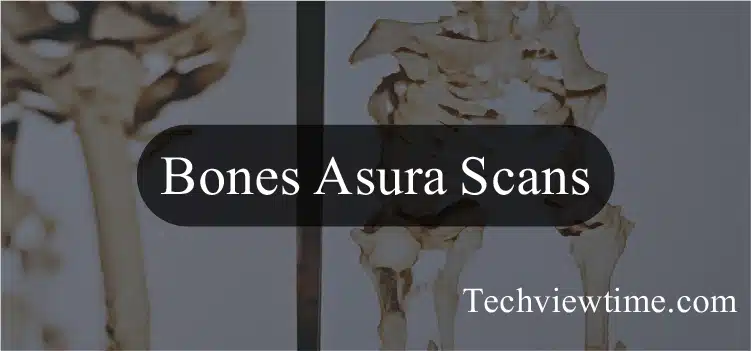Bone Asura Scans: A Powerful Tool for Diagnosing Various Bone
In the realm of medical imaging, Bone Asura Scans have emerged as a powerful tool for diagnosing various bone. Related conditions and injuries. Although These scans offer detailed insights into the structure and health of bones. Aiding healthcare professionals in making accurate diagnoses and developing effective treatment plans.
Understanding Bone Asura Scans
What are Bone Asura Scans? Bone Asura Scans, also known as Bone Asura Imaging. utilize advanced technology to create detailed images of bones within the human body. Moreover, Unlike traditional X-rays, which provide two-dimensional images, Bone Asura Scans offer three-dimensional reconstructions, allowing for better visualization and analysis.
How do Bone Asura Scans work?
Bone Asura Scans employ a technique called computed tomography (CT) to capture images of bones. The patient lies on a table that passes through a machine in the shape of a doughnut during the scan. X-ray beams are projected through the body from different angles, in addiction and detectors measure the amount of radiation absorbed by the bones. A computer then processes this information to create detailed cross-sectional images.
Applications of Bone Asura Scans
Bone Asura Scans find widespread use in various medical specialties:
Medical diagnostics: They aid in the detection and evaluation of fractures, tumors, infections, and other bone abnormalities.
Orthopedic evaluations: Orthopedic surgeons rely on Bone Asura Scans to assess joint injuries, deformities, and Although the effectiveness of orthopedic interventions.
Sports medicine: However, Athletes often undergo Bone Asura Scans to assess bone density and detect stress fractures, helping in injury prevention and performance optimization.
Advantages of Bone Asura Scans
Accuracy: Bone Asura Scans offer high-resolution images, enabling precise diagnosis and treatment planning.
Non-invasiveness: Although Unlike invasive procedures like bone biopsies, Bone Asura Scans are non-invasive and pose minimal risk to patients.
Quick results: The imaging process is swift, and results are available promptly, allowing for timely interventions.
Limitations of Bone Asura Scans
Despite their benefits, Bone Asura Scans have some limitations:
Cost: The equipment and expertise required for Bone Asura Scans can make them costly, Moreover, limiting access for some patients.
Radiation exposure: Although modern scanners minimize radiation doses, repeated scans can still pose a risk, especially for children and pregnant women.
Interpretation challenges: Although Interpreting Bone Asura Scan images requires specialized training, and subtle abnormalities may be overlooked without expert analysis.
Comparison with Other Imaging Techniques
Bone Asura Scans offer several advantages over traditional imaging modalities:
X-rays: While X-rays provide a quick and cost-effective way to visualize bones, However, they lack the detail and clarity of Bone Asura Scans.
CT scans: CT scans offer similar three-dimensional imaging capabilities but expose patients to higher doses of radiation compared to Bone Asura Scans.
MRI scans: MRI scans excel in soft tissue imaging but are less effective in assessing bone structures.
Future Developments in Bone Asura Scans
Advancements in technology are driving innovation in Bone Asura Imaging:
Technological advancements: Moreover, Ongoing research aims to improve scanner resolution and image quality, enhancing diagnostic capabilities.
Enhanced resolution: Higher resolution scans enable the detection of smaller bone abnormalities, leading to more accurate diagnoses.
Reduced radiation exposure: Although Researchers are developing techniques to reduce radiation doses without compromising image quality, addressing safety concerns.
Case Studies
Real-world examples highlight the clinical utility of Bone Asura Scans:
Successful diagnoses: Moreover, Bone Asura Scans have facilitated the accurate diagnosis of complex bone fractures, leading to appropriate treatment interventions.
Impact on treatment plans: Although By providing detailed anatomical information, Bone Asura Scans help clinicians tailor treatment strategies to individual patient needs, improving outcomes.
Conclusion
Bone Asura Scans represent a significant advancement in medical imaging technology, offering detailed insights into bone structure and pathology. Although With their accuracy, non-invasiveness, and quick results, these scans play a crucial role in diagnosing and managing various bone-related conditions. Although Despite their limitations, ongoing research and technological innovations promise to further enhance the capabilities of Bone Asura Imaging, ensuring better patient outcomes in the future.




